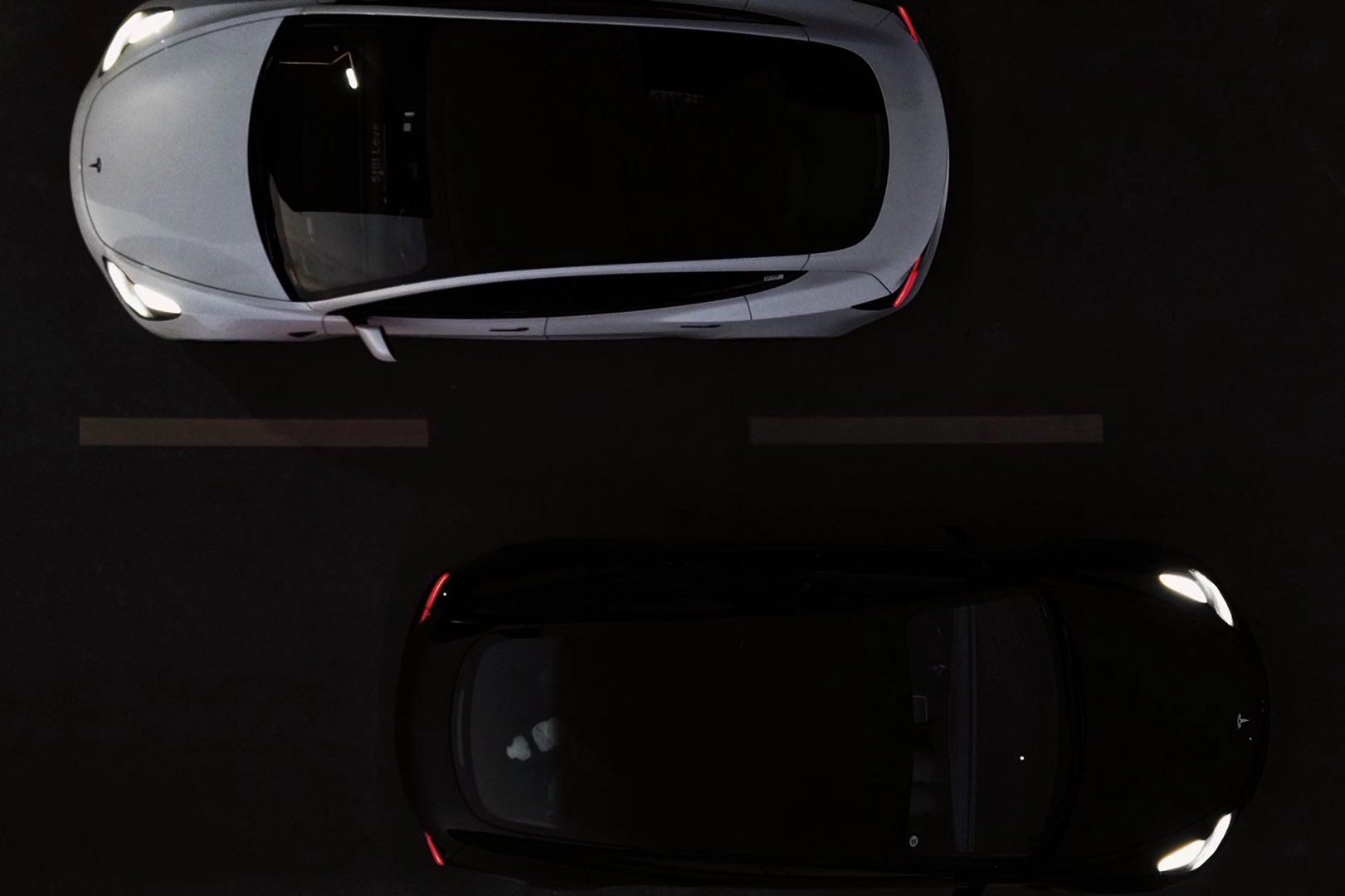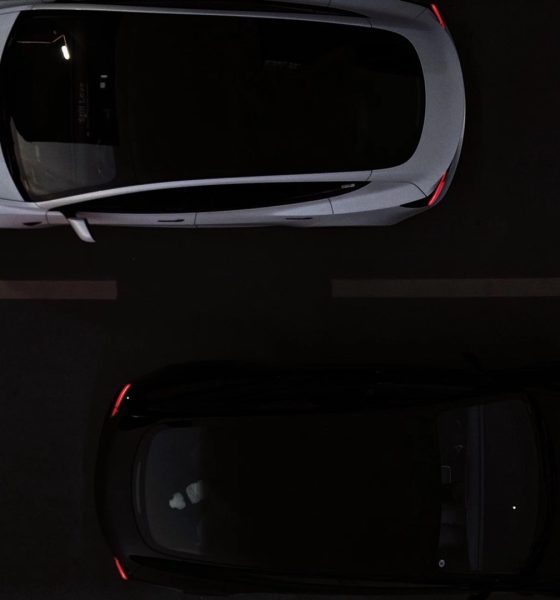Canada recently released the first details of its flagship policy to achieve one of its most ambitious climate goals to date — by 2035, every new car sold in the country must be emissions-free. While ambitious, Canada may very well achieve the milestone within the next 12 years.
Despite veterans like Tesla saturating Canada over the years, the country’s EV sector is still in its early stages. In 2021, only 5.6% of new cars sold in Canada were electric. In comparison, EVs comprised 19% of new car sales in the UK. EVs are even more impressive across the EU and in China, where they accounted for 17% and 16% of new car sales, respectively.
As noted in a report from The Toronto Star, government action and electric vehicle policies have had a notable effect on the sales of EVs across Canada’s provinces. In British Columbia, for example, one in five new cars sold in Q3 2022 was electric, but in Ontario, the ratio was one in 13. Thus, the federal government of Canada announced proposed regulations to achieve its zero-emission vehicle sales targets to even the playing field among provinces.
The new policy in Canada requires automakers to increase the percentage of electric vehicles available for sale in the country. This is because while measures aimed at promoting the adoption of EVs may have no issues stimulating demand, they do not address the issue of supply. A federal policy that pushes automakers to increase their EV supply in Canada would then allow more customers in the country to opt-in for an electric vehicle.
Such a strategy would likely be appreciated by consumers. As per a poll conducted by Clean Energy Canada and Abacus Data, 59% of Canadians already believe that EVs will ultimately cost less to own than combustion-powered cars when considering all costs. This belief is supported by studies that have shown that EVs can save drivers thousands of dollars in comparison to gas cars over the vehicle’s lifetime.
In a press release, the government also announced a number of investments that should make EV ownership easier for residents.
- Invested in 50,000 more EV charging stations across the country, for almost 85,000 federally-funded chargers across Canada by 2027. This is in addition to charging stations supported by provincial governments and the private sector.
- Renewed the program that provides Canadians up to CA$5,000, and businesses up to CA$10,000, toward the cost of buying or leasing a ZEV. Over 180,000 individuals and businesses have taken advantage of this program to date.
- Making historic investments in EV manufacturing in Canada, which will mean made-in-Canada ZEVs by Canadian auto workers and for Canadian drivers to buy.
The Honourable Omar Alghabra, Minister of Transport shared his thoughts on the proposed regulations.
“Helping Canadians make the switch to zero-emission vehicles is crucial for reaching our climate goals: it keeps our air clean and helps people save money, all while positioning Canada as a leader on building cleaner vehicles. Today’s announcement is a key deliverable under Canada’s Action Plan for Clean On-Road Transportation. These regulations will help to ensure Canada can meet its ambitious ZEV sales targets, reduce pollution on our roads, and achieve net-zero emissions by 2050,” Alghabra said.
The Teslarati team would appreciate hearing from you. If you have any tips, contact me at maria@teslarati.com or via Twitter @Writer_01001101.

News
Tesla FSD fleet is nearing 7 billion total miles, including 2.5 billion city miles
As can be seen on Tesla’s official FSD webpage, vehicles equipped with the system have now navigated over 6.99 billion miles.

Tesla’s Full Self-Driving (Supervised) fleet is closing in on almost 7 billion total miles driven, as per data posted by the company on its official FSD webpage.
These figures hint at the massive scale of data fueling Tesla’s rapid FSD improvements, which have been quite notable as of late.
FSD mileage milestones
As can be seen on Tesla’s official FSD webpage, vehicles equipped with the system have now navigated over 6.99 billion miles. Tesla owner and avid FSD tester Whole Mars Catalog also shared a screenshot indicating that from the nearly 7 billion miles traveled by the FSD fleet, more than 2.5 billion miles were driven inside cities.
City miles are particularly valuable for complex urban scenarios like unprotected turns, pedestrian interactions, and traffic lights. This is also the difference-maker for FSD, as only complex solutions, such as Waymo’s self-driving taxis, operate similarly on inner-city streets. And even then, incidents such as the San Francisco blackouts have proven challenging for sensor-rich vehicles like Waymos.
Tesla’s data edge
Tesla has a number of advantages in the autonomous vehicle sector, one of which is the size of its fleet and the number of vehicles training FSD on real-world roads. Tesla’s nearly 7 billion FSD miles then allow the company to roll out updates that make its vehicles behave like they are being driven by experienced drivers, even if they are operating on their own.
So notable are Tesla’s improvements to FSD that NVIDIA Director of Robotics Jim Fan, after experiencing FSD v14, noted that the system is the first AI that passes what he described as a “Physical Turing Test.”
“Despite knowing exactly how robot learning works, I still find it magical watching the steering wheel turn by itself. First it feels surreal, next it becomes routine. Then, like the smartphone, taking it away actively hurts. This is how humanity gets rewired and glued to god-like technologies,” Fan wrote in a post on X.
News
Tesla starts showing how FSD will change lives in Europe
Local officials tested the system on narrow country roads and were impressed by FSD’s smooth, human-like driving, with some calling the service a game-changer for everyday life in areas that are far from urban centers.

Tesla has launched Europe’s first public shuttle service using Full Self-Driving (Supervised) in the rural Eifelkreis Bitburg-Prüm region of Germany, demonstrating how the technology can restore independence and mobility for people who struggle with limited transport options.
Local officials tested the system on narrow country roads and were impressed by FSD’s smooth, human-like driving, with some calling the service a game-changer for everyday life in areas that are far from urban centers.
Officials see real impact on rural residents
Arzfeld Mayor Johannes Kuhl and District Administrator Andreas Kruppert personally tested the Tesla shuttle service. This allowed them to see just how well FSD navigated winding lanes and rural roads confidently. Kruppert said, “Autonomous driving sounds like science fiction to many, but we simply see here that it works totally well in rural regions too.” Kuhl, for his part, also noted that FSD “feels like a very experienced driver.”
The pilot complements the area’s “Citizen Bus” program, which provides on-demand rides for elderly residents who can no longer drive themselves. Tesla Europe shared a video of a demonstration of the service, highlighting how FSD gives people their freedom back, even in places where public transport is not as prevalent.
What the Ministry for Economic Affairs and Transport says
Rhineland-Palatinate’s Minister Daniela Schmitt supported the project, praising the collaboration that made this “first of its kind in Europe” possible. As per the ministry, the rural rollout for the service shows FSD’s potential beyond major cities, and it delivers tangible benefits like grocery runs, doctor visits, and social connections for isolated residents.
“Reliable and flexible mobility is especially vital in rural areas. With the launch of a shuttle service using self-driving vehicles (FSD supervised) by Tesla in the Eifelkreis Bitburg-Prüm, an innovative pilot project is now getting underway that complements local community bus services. It is the first project of its kind in Europe.
“The result is a real gain for rural mobility: greater accessibility, more flexibility and tangible benefits for everyday life. A strong signal for innovation, cooperation and future-oriented mobility beyond urban centers,” the ministry wrote in a LinkedIn post.
News
Tesla China quietly posts Robotaxi-related job listing
Tesla China is currently seeking a Low Voltage Electrical Engineer to work on circuit board design for the company’s autonomous vehicles.

Tesla has posted a new job listing in Shanghai explicitly tied to its Robotaxi program, fueling speculation that the company is preparing to launch its dedicated autonomous ride-hailing service in China.
As noted in the listing, Tesla China is currently seeking a Low Voltage Electrical Engineer to work on circuit board design for the company’s autonomous vehicles.
Robotaxi-specific role
The listing, which was shared on social media platform X by industry watcher @tslaming, suggested that Tesla China is looking to fill the role urgently. The job listing itself specifically mentions that the person hired for the role will be working on the Low Voltage Hardware team, which would design the circuit boards that would serve as the nervous system of the Robotaxi.
Key tasks for the role, as indicated in the job listing, include collaboration with PCB layout, firmware, mechanical, program management, and validation teams, among other responsibilities. The role is based in Shanghai.
China Robotaxi launch
China represents a massive potential market for robotaxis, with its dense urban centers and supportive policies in select cities. Tesla has limited permission to roll out FSD in the country, though despite this, its vehicles have been hailed as among the best in the market when it comes to autonomous features. So far, at least, it appears that China supports Tesla’s FSD and Robotaxi rollout.
This was hinted at in November, when Tesla brought the Cybercab to the 8th China International Import Expo (CIIE) in Shanghai, marking the first time that the autonomous two-seater was brought to the Asia-Pacific region. The vehicle, despite not having a release date in China, received a significant amount of interest among the event’s attendees.










